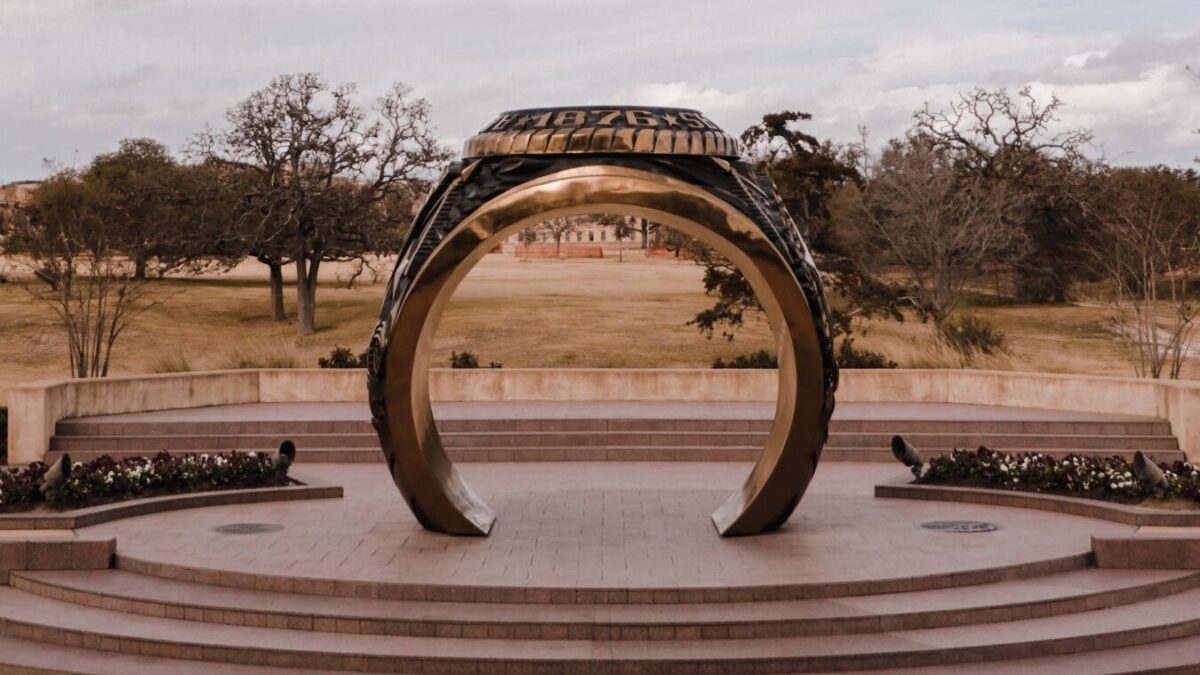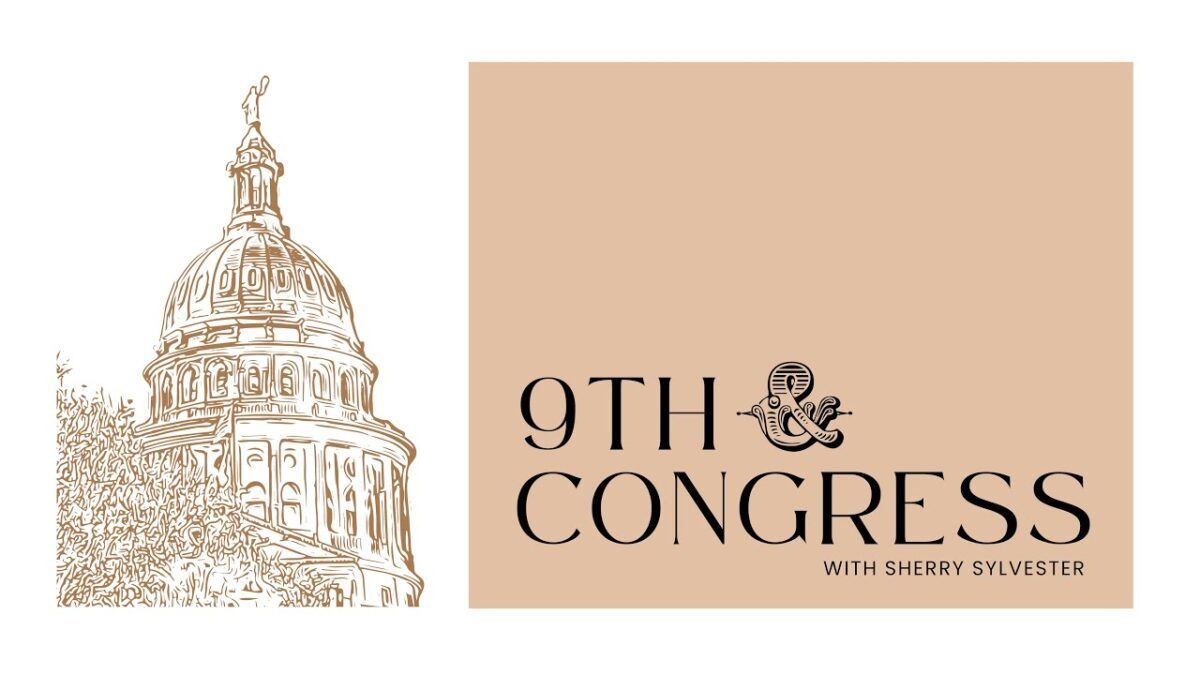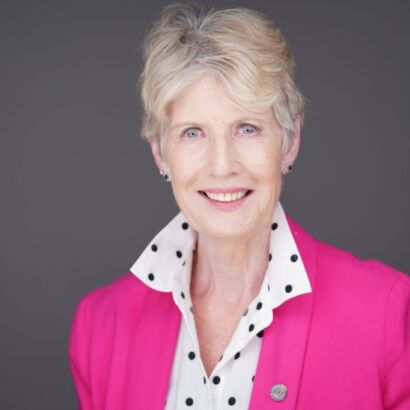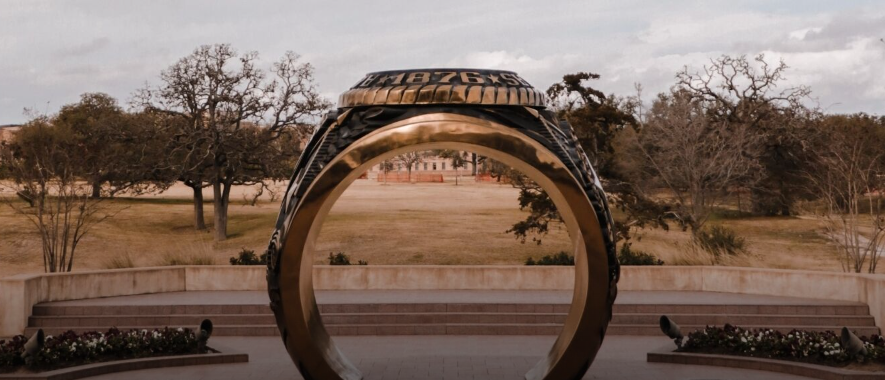Aggie Land has launched a major investigation to determine what really happened with Dr. Kathleen McElroy, the tenured journalism professor at the University of Texas at Austin who was recruited to revive the J School at A&M.
An official A&M spokesperson assures us that no stone will be left unturned in the quest to determine who actually hired McElroy, who changed the original offer from a tenure-track position to a year-by-year contract, who told her there was “outside interference” and who finally pulled the plug. A&M’s president, an interim dean and an executive associate dean in the School of Architecture all have resigned so far in the wake of the debacle.
Investigators could save a lot of time if they will take a look at the smoking gun in this mess — McElroy’s on-the-record statement to NPR regarding her philosophy of journalism:
“We can’t just give people a set of facts anymore. I think we know that and we have to tell our students that. This is not about getting two sides of a story or three sides of a story, if one side is illegitimate,” McElroy said. “I think now you cannot cover education, you cannot cover criminal justice, you can’t cover all of these institutions without recognizing how all these institutions were built.”
The investigation in College Station shouldn’t take long. We can assume that the first person at A&M who read McElroy’s “smoking gun” statement would take steps to ensure that the hiring did not go forward. Even Aggies wouldn’t hire someone to teach journalism who doesn’t believe in telling both sides of the story.
McElroy is not an anomaly. Most of the Texas and national news reports regarding the McElroy incident failed to report her “smoking gun” statement. For example, Channel 2 in Houston reported that Hart Blanton, head of communications and journalism at A&M, “acknowledged” that her treatment was based, at least part, on race.
A real journalist would report that Blanton alleged it was based on race. Blanton has no proof race had anything to do with it, because there isn’t any.
McElroy originally went to the Texas Tribune with her story and the intrepid reporters there didn’t include the smoking gun statement either. Instead, they followed McElroy’s guidelines and proclaimed dissenting views as illegitimate. Here’s how they describe the backlash that erupted shortly after the news about McElroy’s hiring at A&M:
…the conservative website Texas Scorecard wrote a piece emphasizing McElroy’s work at UT-Austin and elsewhere regarding diversity, equity and inclusion and her research on race, labeling her a “DEI proponent.” That website is the reporting arm of Empower Texans, a Tea Party-aligned group formed with millions in oil money that holds considerable influence over Texas officials.
Conservative, Tea Party and “millions in oil money.” Clearly those voices would fall into McElroy’s “illegitimate” category. The term “DEI proponent” is the official descriptor now being used for McElroy, making it sound like she is some kind of advocate for minority and marginalized students and voices, but again, there’s no evidence of that.
National news outlets have latched onto the story, portraying it as a clear cut example of racial discrimination in Texas. Virtually no national news story reports what McElroy said, but they all report that she is black, as if that is what really matters.
The most ironic statement was a blog post by disgraced TV news anchor (and frequent Texas Tribune event star) Dan Rather, who states he’s embarrassed to be a Texan because of what happened to McElroy. Rather, who literally invented the term “fake but accurate” to describe the documents he created to try to frame former President George W. Bush, doesn’t seem to realize that his status as a Texan is an embarrassment to the rest of us.
Texas A&M should never have offered McElroy a job without knowing what she stood for. And once officials learned, they were absolutely correct to withdraw the offer. The only remaining question is why Texas taxpayers are still paying her salary at the University of Texas.








